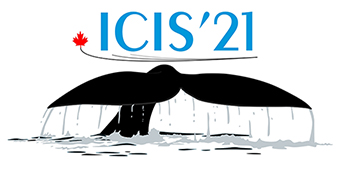Speaker
Description
At Central Michigan University (CMU), we are developing the CMU High Precision Penning trap (CHIP-TRAP) with the aim of performing high-precision mass measurements on stable and long-lived radioactive isotopes. The major goals of the CHIP-TRAP are to measure $^{163}$Ho EC Q-value to $\sim$1eV to aid direct neutrino mass determination experiments with $^{163}$Ho, such as HOLMES and EcHO, and to measure the $^{7}$Be EC Q-value to $<\sim$100 meV to aid the BeEST experiment that is searching for the signature of sterile neutrinos using $^{7}$Be EC. CHIP-TRAP utilizes a laser ablation source to produce ions from solid samples. We plan to make 7Be+ and 163Ho+ using the LAS to ablate small quantities of these ions from solutions in which they are dissolved in HCl and then dried on a backing holder. To investigate this production method, we have made 165Ho+ ions in this way and are investigating the production of 9Be+. This will replicate our anticipated production method for $^{163}$Ho (which has a half-life of 4570 yrs and must be synthesized) and $^{7}$Be (which is radioactive with a half-life of $\sim$53 days) ions and enable us to determine the minimum number of respective atoms necessary to perform the measurement. The goal was to find a backing material that minimized contaminant ions from the backing material and maximized the number of Ho+ and Be+ ions compared to, for example, HoO+ ions and BeO+, that also minimized the amount of Ho and Be atoms required.
| E-mail for contact person | bhand1r@cmich.edu |
|---|---|
| Funding Information | This material is based upon work supported by the US Department of Energy, Office of Science, Office of Nuclear Physics under Award No. DE-SC0015927. This work was also supported by the National Science Foundation under Contract No. PHY-1607429. |
